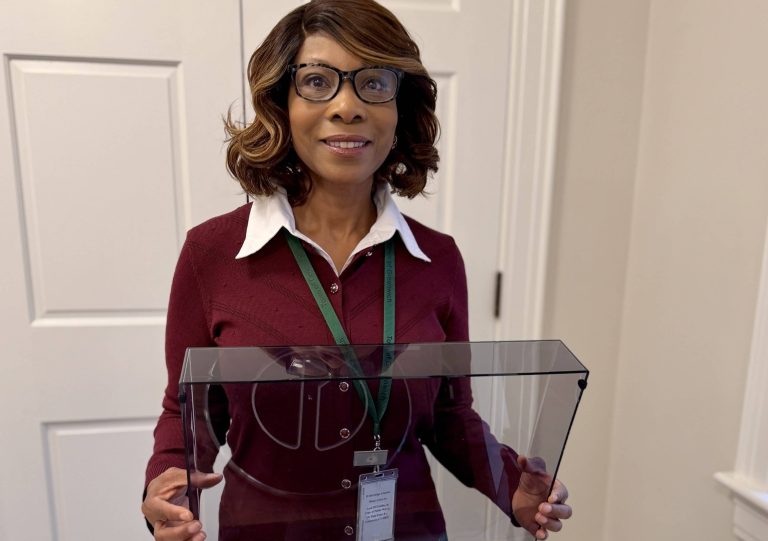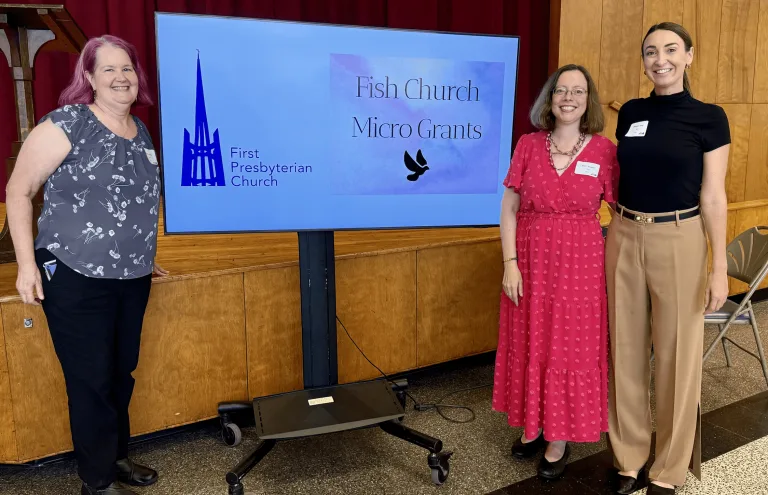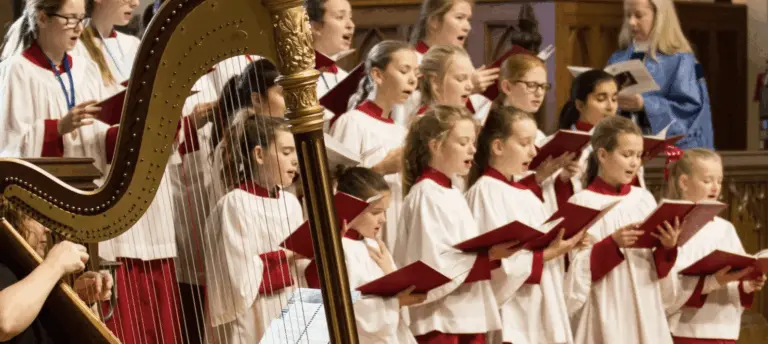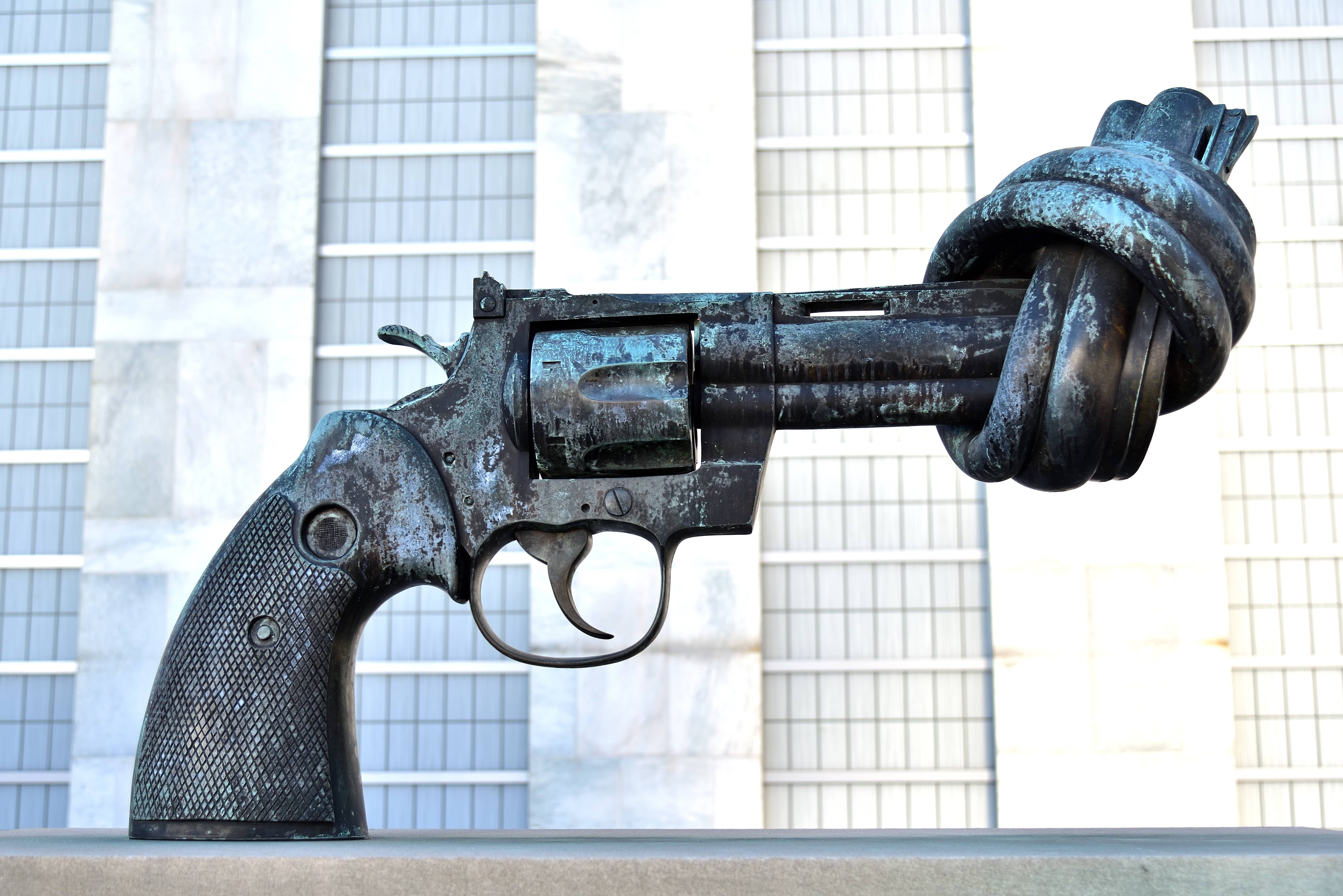

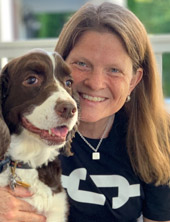
By Connie Blunden
It is deeply poignant and equally painful that two legendary civil rights leaders, Reverend Cordy Tindell (C.T.) Vivian and Congressman John R. Lewis, died within hours of each other on July 17th. The two men, one from Illinois and one from Alabama, met in Nashville at the American Baptist Theological Seminary in the 1950s. From there, each proceeded to bend the arc of the moral universe through courage, faith and love.
C.T. Vivian and John Lewis shared a deep, abiding commitment to justice and the belief that nonviolence is the path to a more humane and peaceful world. The principles of nonviolence are best explained in Chapter 6 of Stride Towards Freedom, by Rev. Dr. Martin Luther King, Jr. In this book, chronicling the struggle to desegregate city buses in Montgomery, Alabama from 1955-1956, Rev. King shares his own pilgrimage to understanding nonviolence as a way of life and an antidote to violence. While in Nashville, Rev. Vivian and Rep. Lewis were introduced to James Lawson who is considered an architect of the Civil Rights Movement. Lawson’s renown nonviolence workshops influenced Vivian and Lewis and remained with them throughout their lives.
What is nonviolence? Nonviolence is more than just the absence of violence. It is positive, constructive and active . Kazu Haga, author of Healing Resistance: A Radically Different Response to Harm, describes it as a consistent practice, “Not as something to become, but a worldview and a skill set in which we are trying to improve.” For C.T. Vivian and John Lewis nonviolence was a daily commitment over the course of a lifetime.
There are six principles of nonviolence. They create a way to approach conflict, and are also a philosophy for living in the world. They are:
Principle 1: Nonviolence is a way of life for courageous people.
Principle 2: The Beloved Community is the framework for the future.
Principle 3: Attack forces of evil, not persons doing evil.
Principle 4: Accept suffering, without retaliation, for the sake of the cause, to achieve the goal.
Principle 5: Avoid external physical violence, as well as internal violence of the spirit.
Principle 6: The universe is on the side of justice.
We can see these principles represented in the lives of each leader. The first principle states that nonviolence requires courage, particularly in the face of countless attacks, beatings and arrests. C.T. Vivian was punched and knocked to the ground by Sheriff Jim Clark on the steps of the Dallas County courthouse while leading a voter registration march in 1965 and John Lewis was famously beaten on the Edmund Pettus Bridge in Selma on Bloody Sunday in 1965. C.T. Vivian later explained that courageously refusing to walk away from a confrontation is the power of nonviolence.
The second principle is the goal of nonviolence. According to the King Center in Atlanta, the Beloved Community is achieved when: “Racism and all forms of discrimination, bigotry and prejudice [are] replaced by an all-inclusive spirit of sisterhood and brotherhood.” The Beloved Community is often described as the intersection of love, justice, mercy and transformation. When John Lewis spoke about nonviolence and the Beloved Community he often said, “Live as if the Beloved Community was already our reality.” Perhaps borrowing from the Gandhian idea of “being the change you wish to see in the world,” Lewis spoke directly to the idea that you cannot create a world of love and justice through violence and that the end you seek must be present in the means you employ. Violence, in all of its forms, is destructive. Therefore, it will never yield the Beloved Community. As I often say to my students: you can only bake a chocolate cake if chocolate is an ingredient.
In 1994 Ben Harper wrote a song entitled, “How Many Miles Must we March.” My favorite lyrics come from this song: “The unfinished work of our heroes must truly be our own.” To honor their commitment to the nonviolent advancement of civil rights I will be offering a series of articles in the coming weeks that explore each of the principles in greater depth. I invite you to join me in learning more about the philosophy that has helped shape modern history.
Connie Blunden is the Director of the Center for Public Purpose and an upper school history teacher at Greenwich Academy. Her curricular and programmatic work focuses on social justice, participatory citizenship and leadership. She serves on the Board of the Selma Center for Nonviolence, Truth and Reconciliation.

